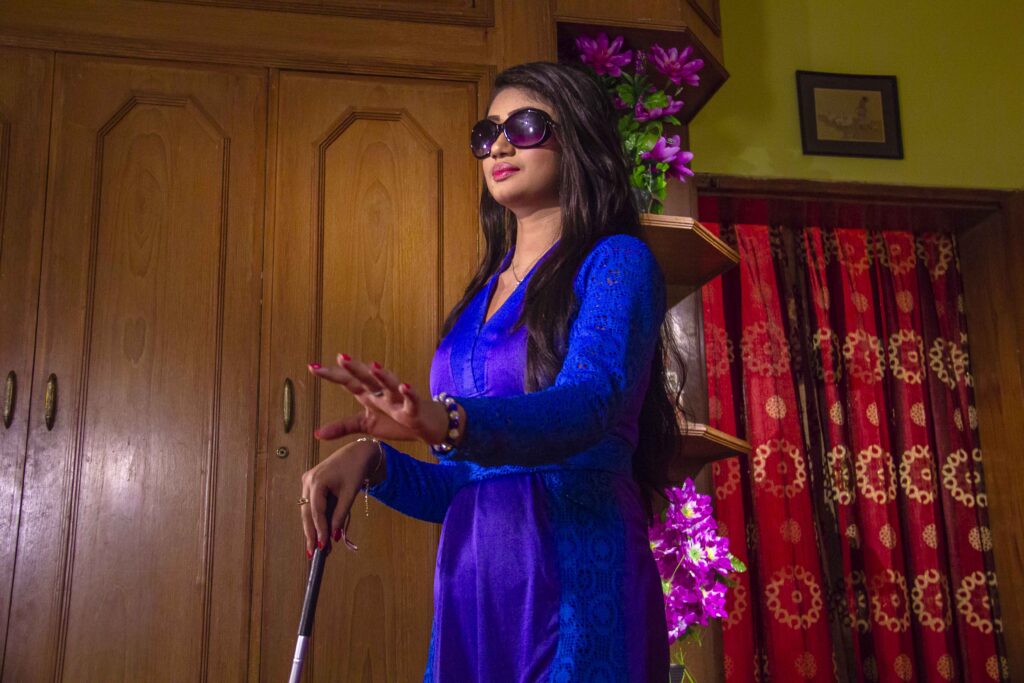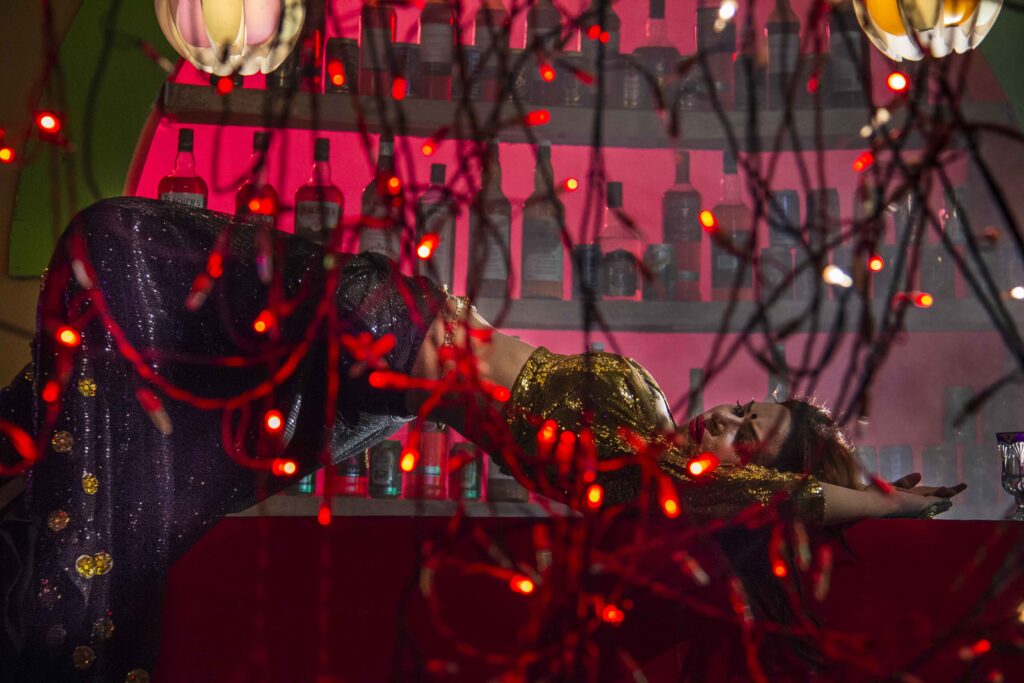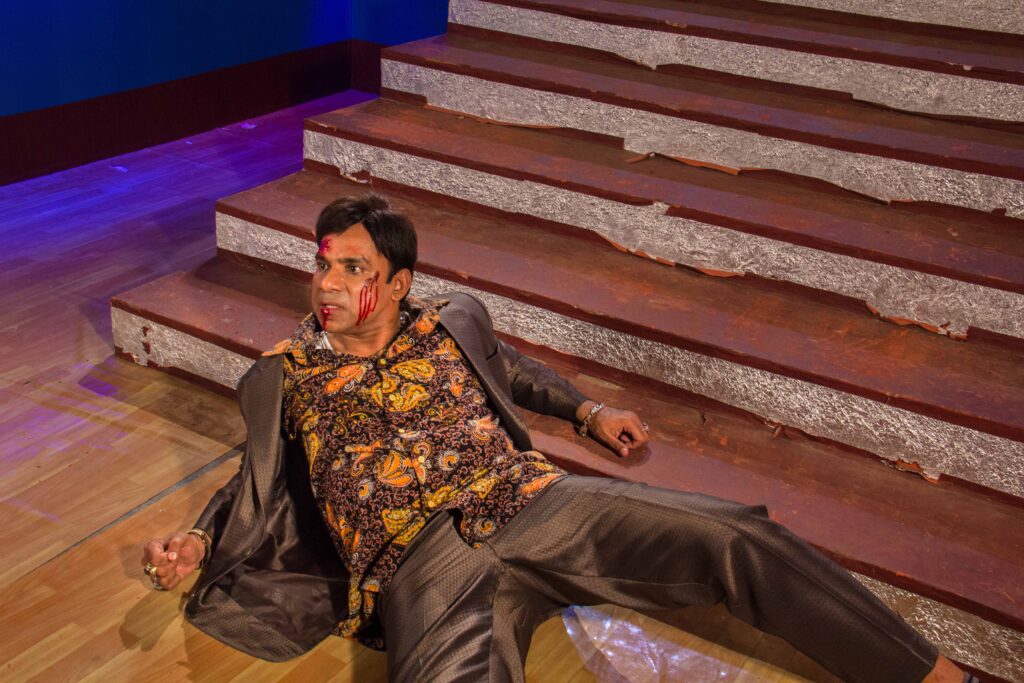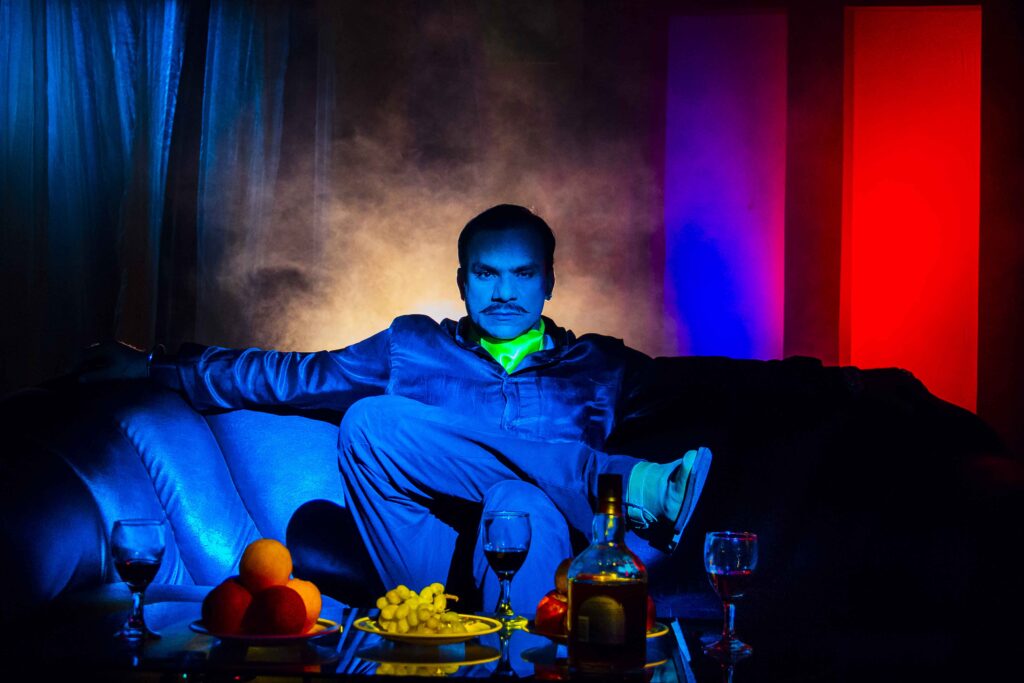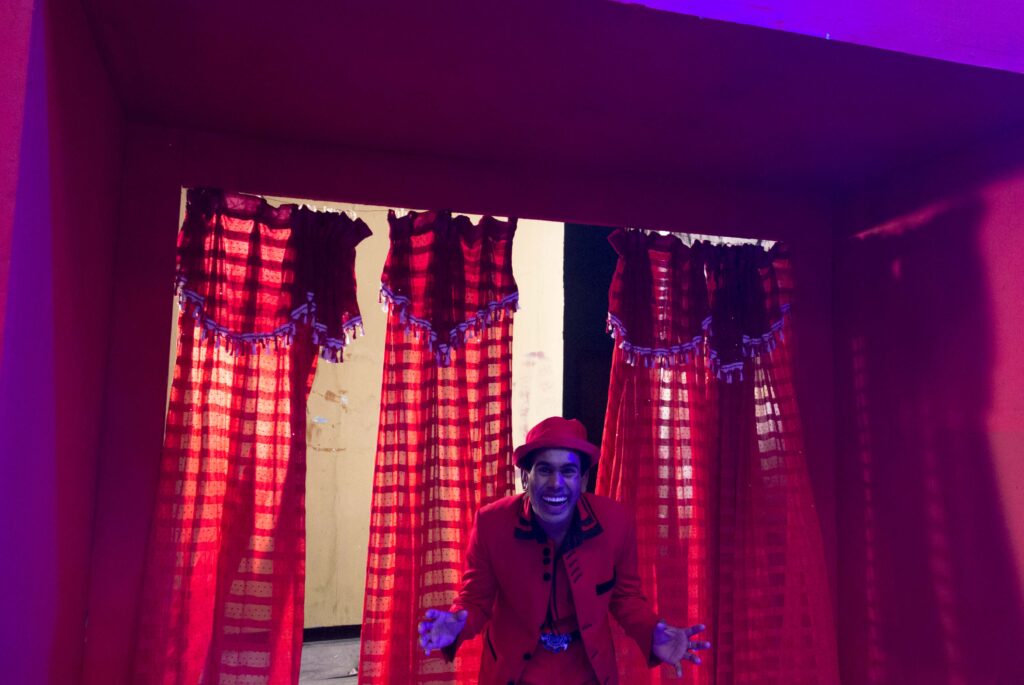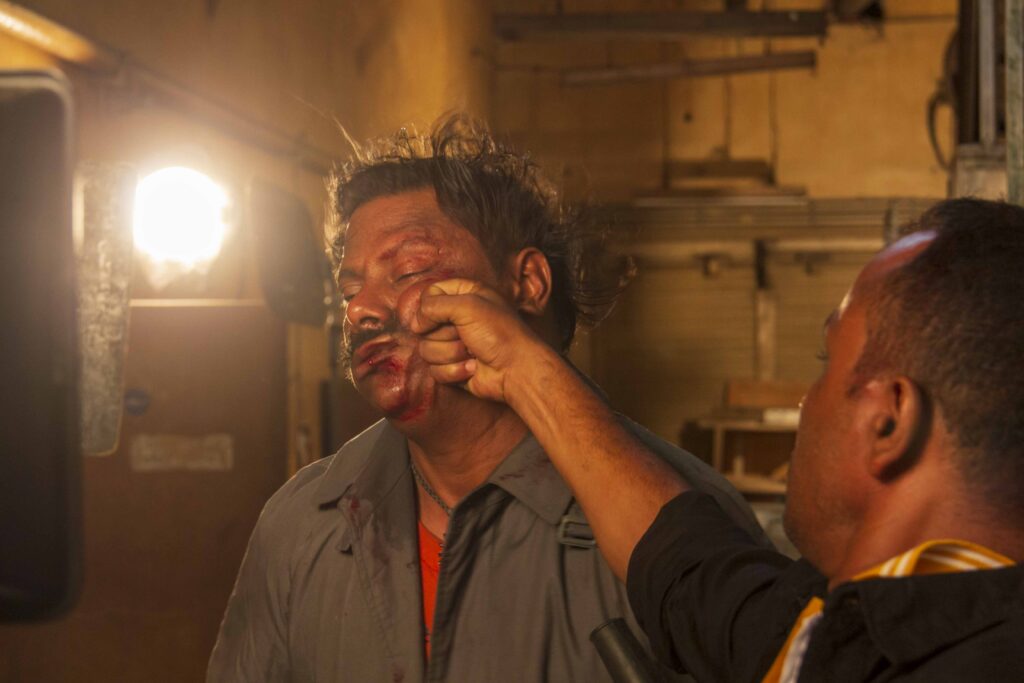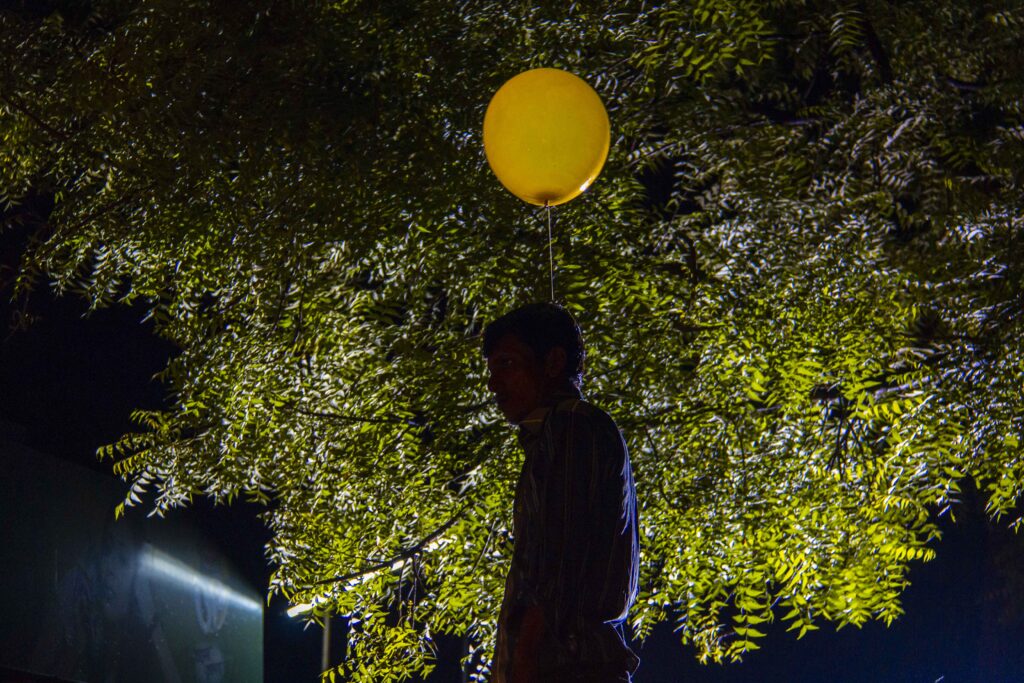Film Industry
The Fantasy Is More Filmic Than Fictional – Bangladesh Film Industry
On-going Project
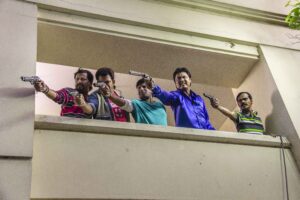
“What is a film?” I asked to one of my dearest one during my childhood, when I was roaming around and trying to find out ‘the chemistry’ or rather, ‘the mystery’, behind the metaphysical relationship between men and women. He replied, “Boi (Read ‘Book’ in English but commonly known as ‘Film’ in colloquial Bengali) is a moving visual book which encrypts peoples’ choices.” It took me few years to understand what was said. But once I understood, I tried to read the “Boi” along with the books in order to understand the flesh and blood of human life.
In a country like Bangladesh, where ‘modern institutional literacy’ rate is low, considering the expected value, cinema is considered as the most potent communication form. Starting from the day laborers to the filthy rich industrialists, film is like the great escape into a world of fantasy. To the people who live a life far away from modern urban setup, film is like a tantalizing portraiture of urban set-up. But it might have a totally different connotation to the people who has experienced the urban life by choice or by coercion. While buying a cinema ticket, the urban working class may expect to take a two-hour trip to the magical world of film. During this journey he/she rides on a luxury private car with the loved one in contrast to every day’s jam-packed public bus ride, visits both the mosque/temple and the night club. But after the show finishes his/her reality never left back, where it’s about struggle to survive in a post-colonial society. So, while these popular cinemas offer the relief from loneliness, alienation, hunger and busty living condition for millions; the aspirant modern urban class, privileged with ‘institutional education’, adapted with all the global hash tag values consider the films as not up to the mark for their time and money.
In our agrarian society people still believe those old myths, fairy tales and fantasies. It’s the nature who nourishes most of the people and livelihood. Institutional religions and indigenous philosophies, both play larger role in shaping peoples’ life choices. In a post-colonial society like this which was severely exploited for resource extraction
throughout the history, people always fought for their rights. So, getting a glimpse of all these in the films is no exception. Here, in the patriarchic culture like many other societies, heroes are the social saviors who always survive from magazines full of bullets. On the contrary, the villains are the poster boys who drink, mug and rape. Unlike western films, heroines have a little more fat, which matters in a society which was once known for its abundance of resources but struggled in the recent past.
There is a popular notion – “if you have seen one, you have seen all”. So, there are repetitive elements in these films, yet those people go back again and again to enjoy those clichés. That is why I believe; I am just not capturing the artists in front of the camera. Rather, I am photographing what is absent in those photographs. What is physically not presented but mark their references in those frames. I believe I am photographing millions here who work for the famous clothing brands, cultivate food grains in the most challenged climate conditions and blow whistles while watching cinema. And most certainly they are the valued spectators as the consumers who run the industry.
This is an on-going project which I am still following with regular intervals. I made those photographs while visiting different film sets but also while working as a still photographer for film. I covered both commercial films and independent films. As the time frame suggests, the project started at a time when the industry was going through a crucial spell of shifting from analogue to digital camera and so on. In 2010 government declares ‘Cinema’/’Film’ as an ‘Industry’ and in 2020 government allocates 100 crores for the industry. However, in Bengali,
the word ‘Shilpo’ (শিল্প) denotes both industry and art.
